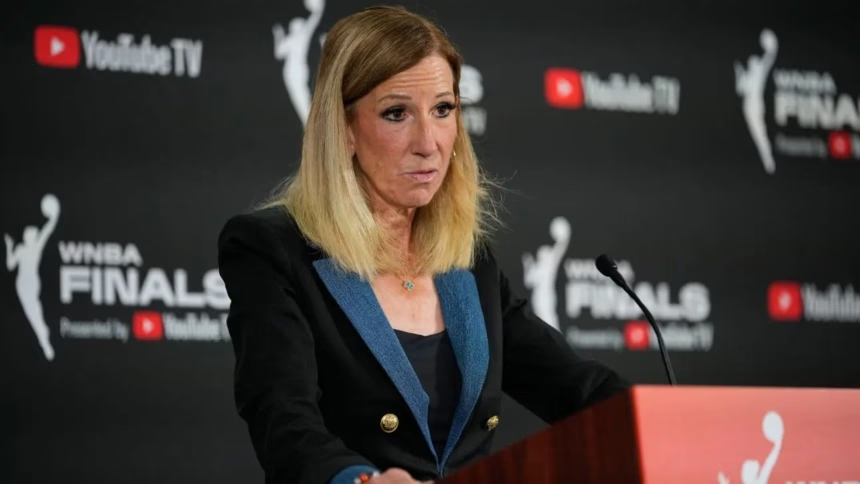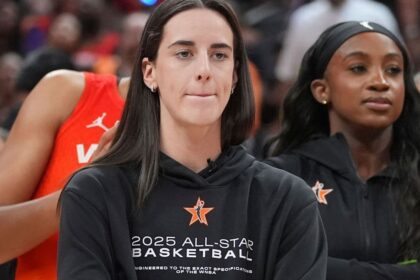Detailed Analysis of WNBA Collective Bargaining Agreement Negotiations
In the world of women’s basketball, the WNBA’s collective bargaining agreement negotiations are at a crucial moment. WNBA Commissioner Cathy Engelbert, along with NBA Commissioner Adam Silver, and team owners, are seeking an agreement that will boost the league’s growth and benefit the players. However, the process has been marked by tensions and criticism, especially from the players’ association. The players’ association has adopted a more forceful stance, expressing their opinion publicly and questioning the league’s negotiation tactics. Napheesa Collier, a member of the executive committee, has been particularly critical of Engelbert’s leadership.Meanwhile, the WNBA has responded to some of the union’s statements, defending management’s position. The league is in a favorable financial position, with franchise valuations increasing, a new television deal that will begin in 2026, and expansion to 18 teams by 2030.
Contents

The Role of Commissioner Cathy Engelbert
Engelbert assumed the role of WNBA commissioner in July 2019, amidst negotiations for the previous collective bargaining agreement. Six years later, the league has experienced significant growth under her leadership, including a media rights deal for $2.2 billion, franchise valuations reaching hundreds of millions of dollars, and the expansion of the league to a record 18 teams by 2030. However, the last months of her term have been turbulent. The WNBA playoffs were marred by criticism of the referees’ management and by statements from Napheesa Collier, who strongly criticized the WNBA’s leadership. Engelbert is now at the negotiating table with the task of achieving a “transformative” agreement that not only significantly increases players’ salaries and compensation, but also incentivizes the owners’ continued investment and ensures the long-term viability of the league. Once the agreement is finalized, the question will arise as to whether Engelbert will continue as commissioner, although the final decision may not depend on her.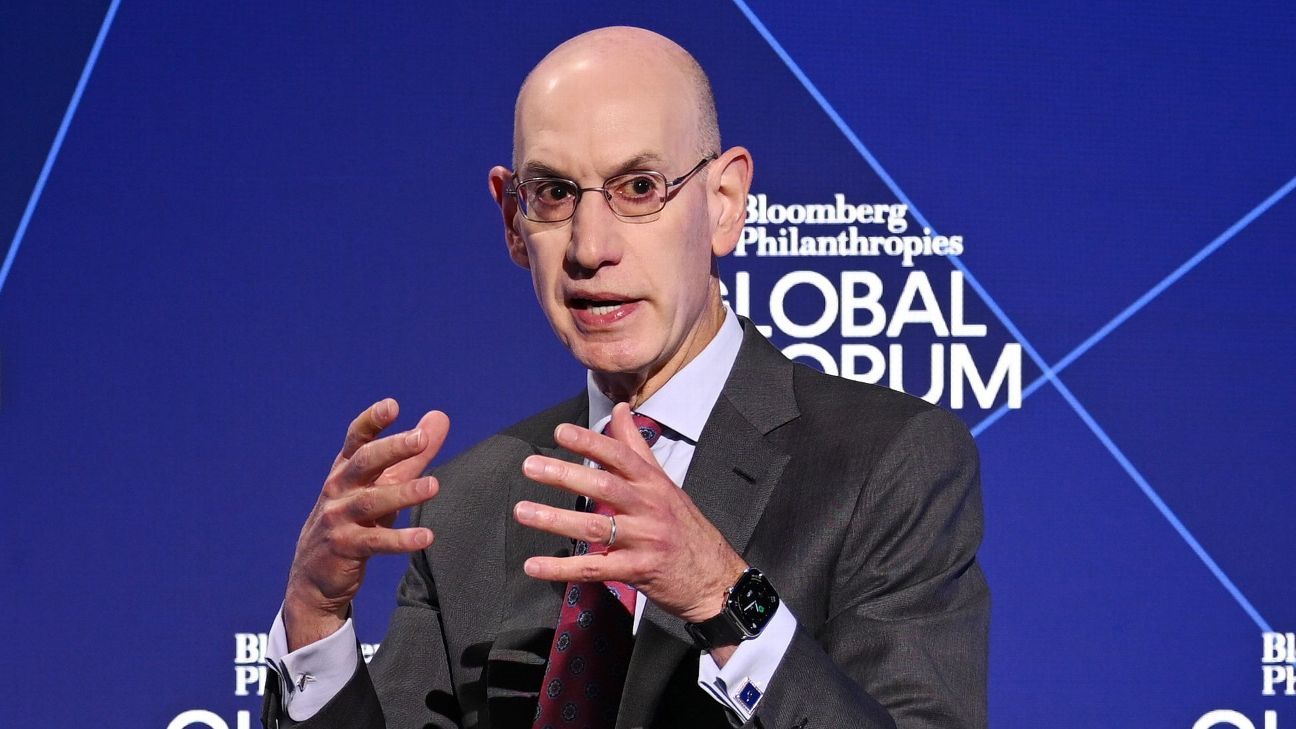
Adam Silver’s Vision and the NBA
Adam Silver, NBA commissioner, has been involved in the development of the WNBA since the mid-1990s. Silver seeks for the WNBA to operate as independently as possible under the umbrella of the NBA. The WNBA’s financial progress in recent years has led Silver to become more involved, especially with the interest of NBA franchises in entering or re-entering the WNBA as team owners. This could put pressure on the working relationship between Silver and Engelbert. The situation with the Connecticut Sun team is an example of this. Silver, like his predecessor David Stern, wants the WNBA to be financially self-sufficient as an integral part of the NBA’s global brand. This collective bargaining agreement could largely define Silver’s legacy in the WNBA.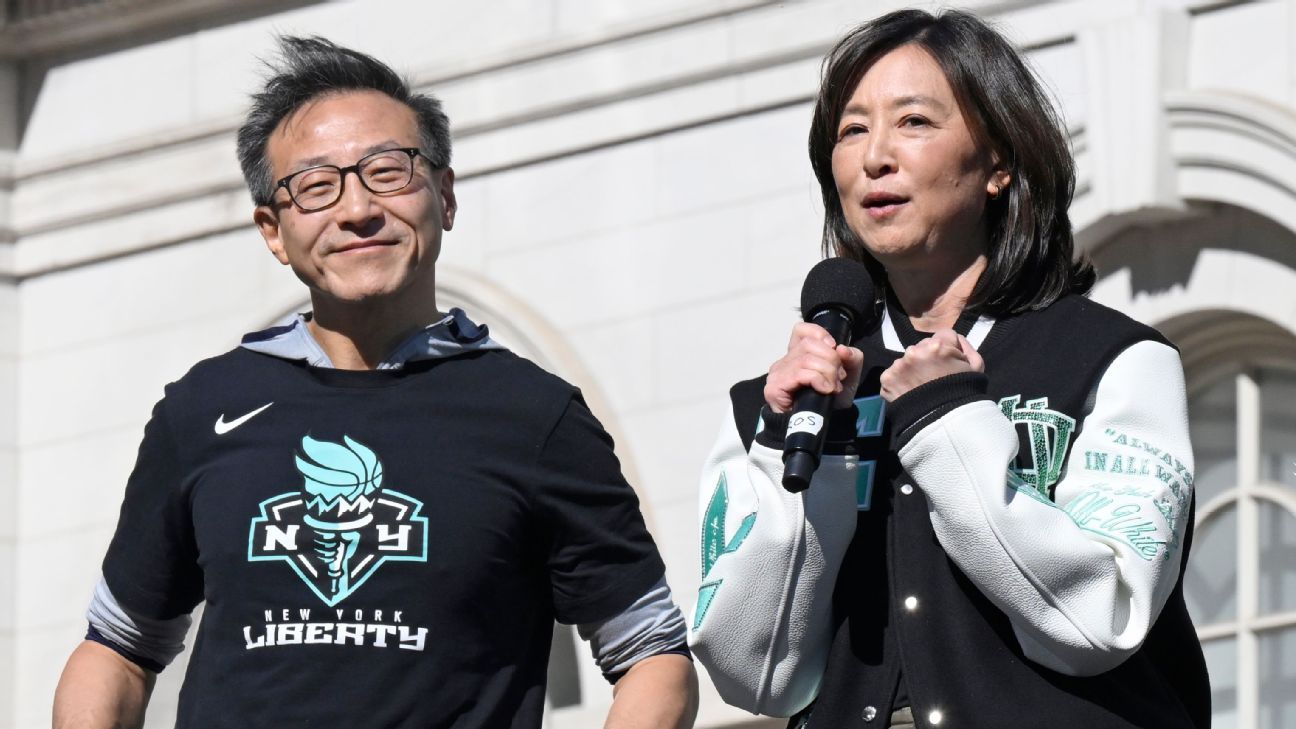
The Impact of Billionaire Owners
The WNBA has two types of owners: millionaires and billionaires. There is a notable difference in their willingness to invest. Joe Tsai, owner of the New York Liberty, has demonstrated his commitment to the franchise. Others like Joe Lacob (Golden State Valkyries), Mark Davis (Las Vegas Aces), and Mat Ishbia (Phoenix) share this vision. These owners, who also own NBA teams or other professional sports, see the WNBA as an investment. They are willing to invest more in salaries and other benefits for the players, relying on the profits generated by attendance, jersey sales, and other sources of income.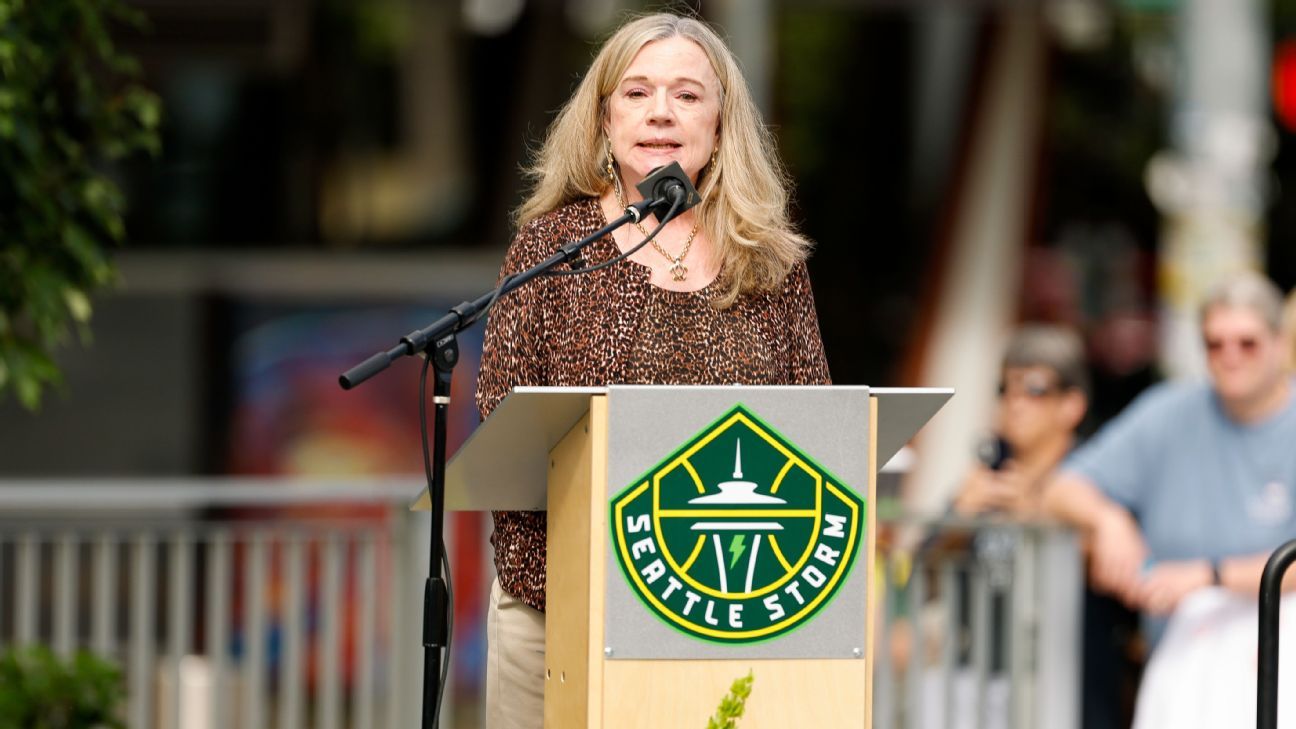
The Role of Independent Owners
Independent owners, such as the Seattle Storm and Connecticut Sun, played a key role in keeping the WNBA afloat in its early years. However, they are now at a numerical disadvantage, as NBA owners have recognized the financial potential of women’s basketball. Independent owners focus on limiting expenses and maintaining a level playing field. They also have a strong argument for recovering losses incurred in the operation of their franchises. Despite this, they have made significant investments, such as the construction of training facilities.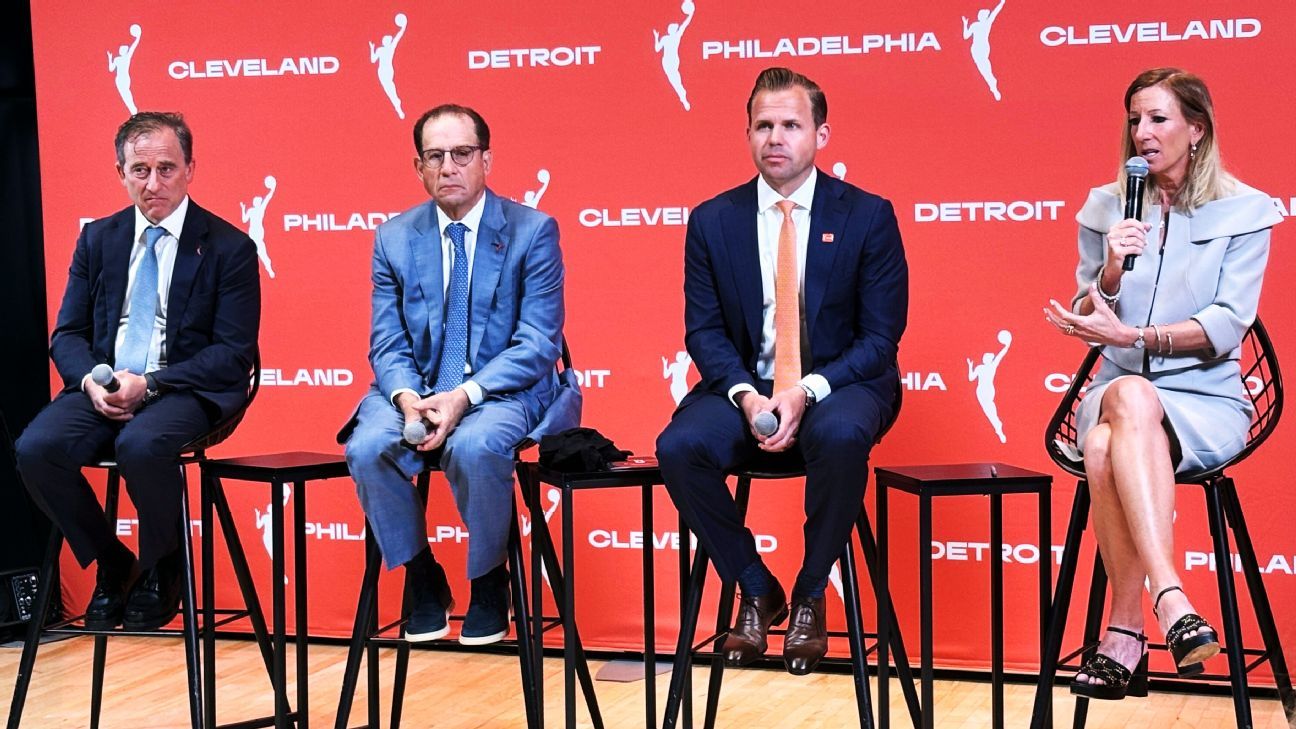
The Future of Expansion Teams
With the arrival of new expansion teams, such as Portland Fire and Toronto Tempo, the league is preparing for significant growth. The new collective agreement will have a direct impact on these teams, especially in the player selection process.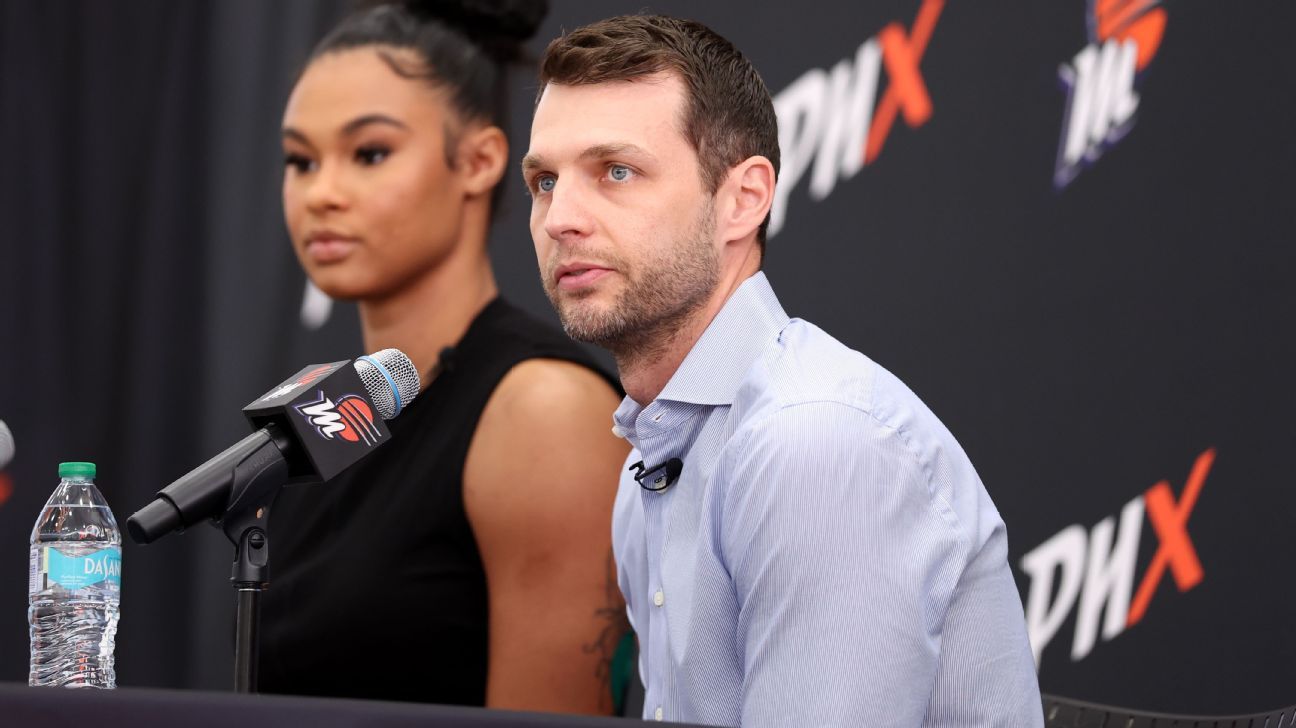
The Role of General Managers
While general managers do not directly participate in negotiations, the rules established in the collective bargaining agreement influence the construction of the rosters and the financial distribution between owners and players. Executives expect to gain greater flexibility with the new agreement. The WNBA’s salary cap has generated difficult decisions. General managers will be attentive to how the new collective bargaining agreement will handle the upcoming expansion drafts, starting with Portland and Toronto.

